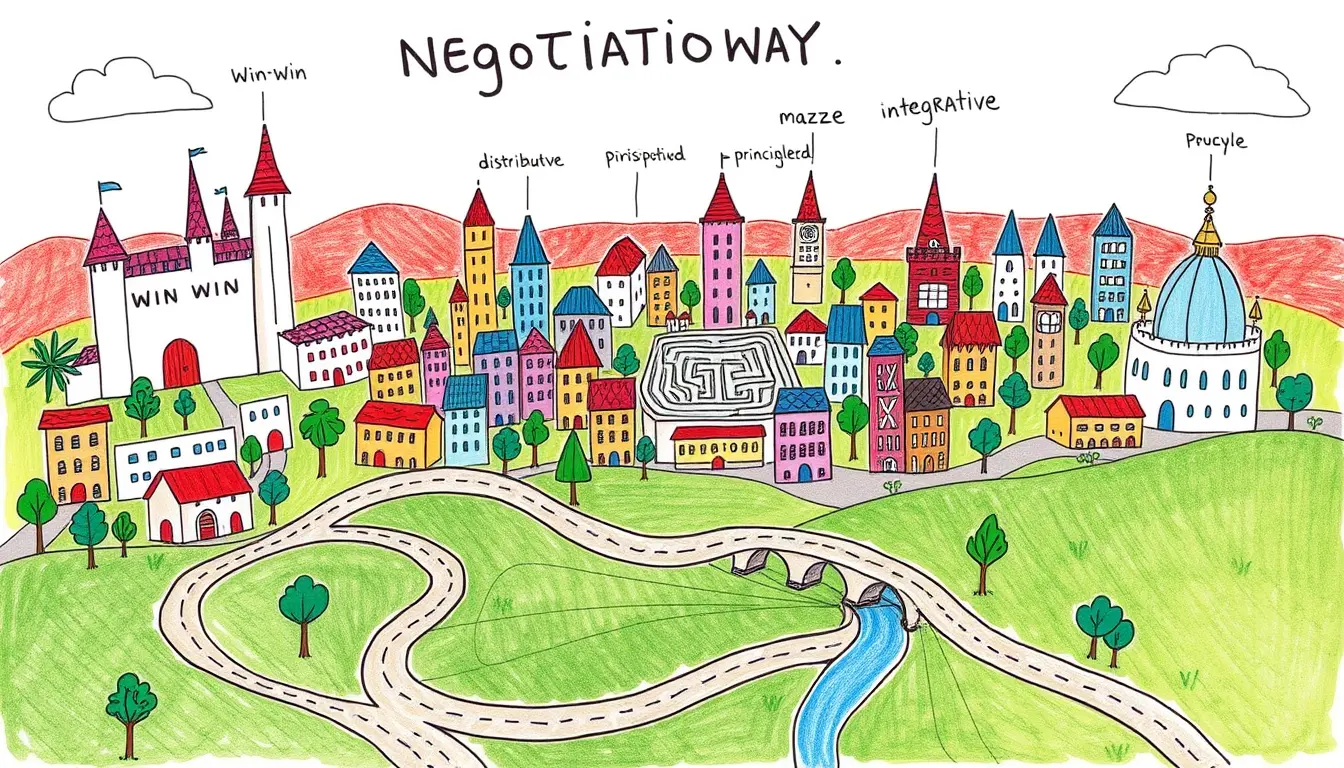Introduction to Negotiation in Procurement
Negotiation is a crucial aspect of procurement, as it enables buyers to secure the best possible deals from suppliers. Effective negotiation can lead to significant cost savings, improved quality, and stronger relationships with suppliers. In this article, we will explore the different types of negotiation in procurement, their characteristics, and when to use them.
The focus keyword “Types of negotiation in procurement” is essential in understanding the various approaches buyers can take to achieve their procurement goals. By mastering these negotiation types, procurement professionals can develop a competitive edge in the market and drive business success.
Distributive Negotiation
Distributive negotiation is a competitive approach where one party tries to maximize their gains at the expense of the other party. This type of negotiation is often used in situations where there is a limited resource or a fixed pie to be divided. In distributive negotiation, each party tries to get the largest possible share of the pie, often resulting in a winner-takes-all outcome.
In procurement, distributive negotiation is commonly used in situations where the buyer has significant bargaining power. For example, a large retailer negotiating with a small supplier may use distributive negotiation to secure the best possible price. However, this approach can damage relationships and lead to a lack of trust between parties.
Integrative Negotiation
Integrative negotiation, on the other hand, is a collaborative approach that seeks to find a mutually beneficial solution. This type of negotiation focuses on creating value for both parties, rather than simply dividing a fixed resource. Integrative negotiation is often used in situations where there is a high level of interdependence between parties, such as in long-term contracts or partnerships.
In procurement, integrative negotiation is commonly used in situations where the buyer and supplier need to work together to achieve a common goal. For example, a manufacturer negotiating with a supplier to develop a new product may use integrative negotiation to find a solution that meets both parties’ needs.
Principled Negotiation
Principled negotiation is a type of negotiation that focuses on finding a fair and reasonable solution based on objective criteria. This approach is often used in situations where there is a need to establish a fair and transparent process. Principled negotiation is characterized by a focus on interests, options, and criteria, rather than positions or demands.
In procurement, principled negotiation is commonly used in situations where there is a need to establish a fair and transparent process, such as in public procurement or tenders. This approach helps to build trust and credibility between parties and can lead to more sustainable and equitable outcomes.
Negotiation Tactics in Procurement
In addition to the different types of negotiation, procurement professionals also use various tactics to achieve their goals. Some common negotiation tactics in procurement include:
-
Anchoring: setting an initial offer or bid that is higher or lower than the target price
-
Concessions: making gradual concessions to reach a mutually acceptable agreement
-
Time pressure: using time constraints to pressure the other party into making a decision
-
Good guy/bad guy: using a team of negotiators to play different roles and create a sense of urgency
Negotiation Strategies in Procurement
Effective negotiation in procurement also requires a clear strategy. Some common negotiation strategies in procurement include:
-
Preparation: researching the market, understanding the supplier’s needs, and developing a clear negotiation plan
-
Building relationships: establishing trust and credibility with suppliers to create a foundation for future negotiations
-
Flexibility: being open to creative solutions and willing to compromise to reach a mutually beneficial agreement
Conclusion
In conclusion, effective negotiation is a critical component of procurement success. By understanding the different types of negotiation, including distributive, integrative, and principled negotiation, procurement professionals can develop a competitive edge in the market. Additionally, using various tactics and strategies, such as anchoring, concessions, and building relationships, can help to achieve procurement goals. By mastering these negotiation types and approaches, procurement professionals can drive business success and achieve their goals.
FAQ
What is the main difference between distributive and integrative negotiation?
Distributive negotiation is a competitive approach where one party tries to maximize their gains at the expense of the other party, while integrative negotiation is a collaborative approach that seeks to find a mutually beneficial solution.
What is principled negotiation?
Principled negotiation is a type of negotiation that focuses on finding a fair and reasonable solution based on objective criteria, rather than positions or demands.
What is anchoring in negotiation?
Anchoring is a negotiation tactic that involves setting an initial offer or bid that is higher or lower than the target price, in order to influence the other party’s perception of the negotiation range.







Leave a Reply